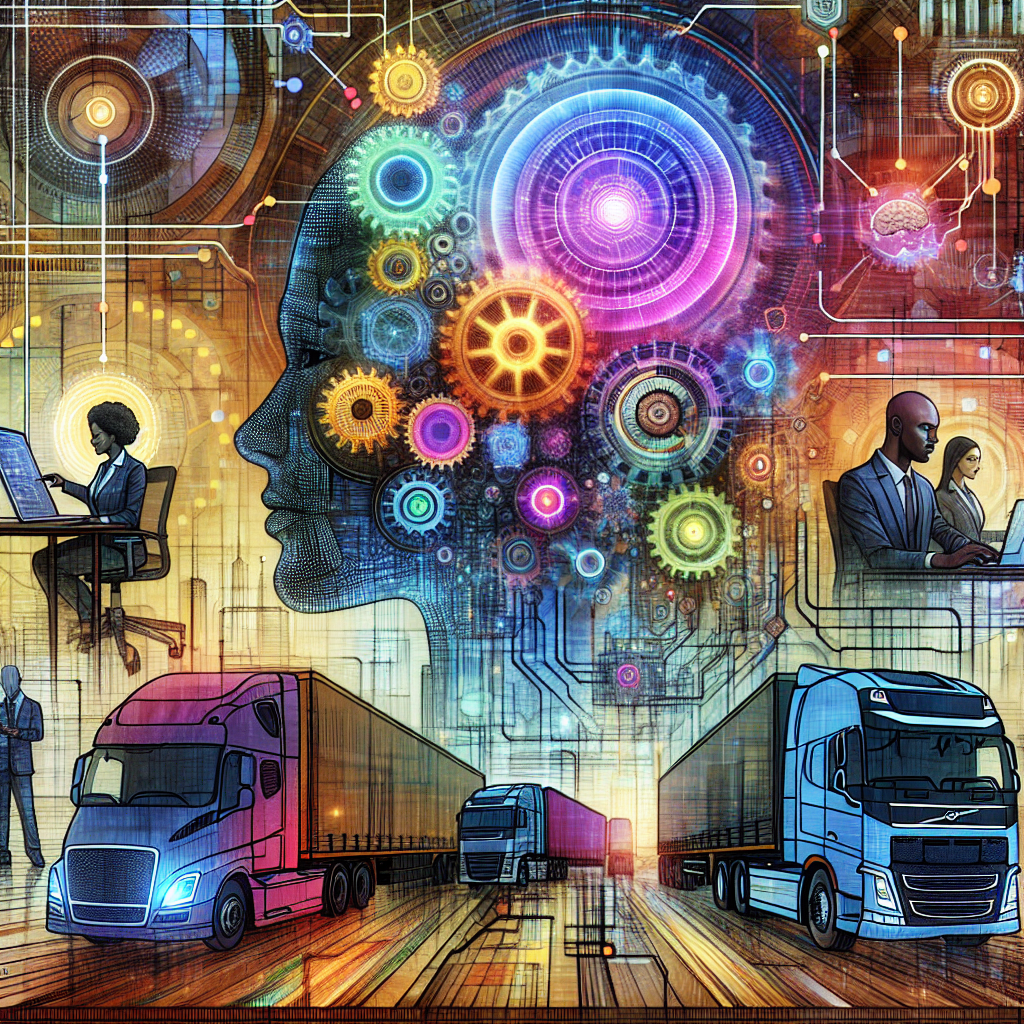People fear extinction. Technology fuels change. Truth lies between.
When venture capitalist Victor Lazarte recently claimed on the Twenty Minute VC podcast that artificial intelligence is “fully replacing people” – particularly targeting lawyers and HR professionals – he joined the growing chorus of tech voices prophesying the end of human work. His firm, Benchmark, heavily backs AI startups like hiring platform Mercor and research lab Decart, giving his words significant weight.
But weight and truth aren’t always the same thing.
After two decades in truck driver recruitment and five years pioneering AI applications in this field, I’ve learned that revolutionary claims require revolutionary evidence. Lazarte provided none.
The Claims vs The Reality
Headlines love extremes. A New York Supreme Court judge recently criticized an entrepreneur for substituting an AI-generated video for a human lawyer. Legal experts widely predict courts will restrict AI appearances before they gain meaningful traction. Meanwhile, Fortune 500 companies increasingly use AI to filter applicants – but filtering isn’t replacing.
The narrative of wholesale replacement ignores fundamental realities about how AI actually functions in professional contexts. Having built AI systems specifically for truck driver recruitment, I’ve witnessed firsthand the transformation – and its limitations.
AI excels at pattern recognition, data processing, and repetitive tasks. What it cannot do is replicate human judgment, intuition, contextual understanding, and relationship building. These limitations aren’t temporary bugs awaiting fixes; they’re structural boundaries inherent to computational systems.
The Hybrid Approach That Actually Works
The most successful implementations of AI in recruitment don’t replace humans – they create what I call the Hybrid AI Workforce. This approach combines human intelligence, insight and intuition with artificial intelligence and data science.
When we developed our AI-powered truck driver recruiting platform, we discovered something counterintuitive: properly implemented AI actually makes human recruiters more essential, not less. The technology handles data-intensive tasks like candidate sourcing and initial screening, allowing recruiters to focus on high-value activities like relationship building and complex decision making.
Small and mid-sized trucking companies using our system don’t eliminate their recruitment teams. Instead, they find their human recruiters become dramatically more productive, making better decisions faster. One recruiter now accomplishes what previously required three – not because the other two were replaced, but because the entire team operates at a higher level of efficiency and effectiveness.
Why the Replacement Narrative Misses the Point
The “AI will replace humans” narrative fundamentally misunderstands how value is created in knowledge work. In legal contexts, clients don’t simply want documents processed; they want strategic counsel, risk assessment, and judgment. In HR, companies don’t just need applicants filtered; they need cultural fits identified, potential assessed, and relationships built.
What we’re witnessing isn’t replacement but transformation. The roles evolve, the skills required shift, but human involvement remains central. The lawyer who leverages AI for research and document preparation becomes more valuable, not obsolete. The recruiter who uses AI to identify promising candidates can focus on deeper assessment and relationship building.
This transformation isn’t theoretical. Our Autonomous Workforce model demonstrates how AI can work independently on background tasks – analyzing data, learning patterns, self-improving – while feeding insights to human decision-makers. The system doesn’t replace the decision-maker; it empowers them.
The Future Is Augmentation, Not Replacement
The true competitive advantage doesn’t come from replacing humans with AI, but from creating systems where each does what they do best. Companies that understand this will outperform those fixated on cost-cutting through headcount reduction.
For small and mid-sized trucking companies facing driver shortages and recruitment challenges, this distinction matters enormously. AI gives them the ability to compete with industry giants not by eliminating their people, but by amplifying their capabilities.
When Lazarte and others promote the replacement narrative, they’re not describing reality but a simplified version that makes for attention-grabbing headlines. The actual transformation happening in industries from logistics to law is more complex, more interesting, and ultimately more human-centered.
The future belongs not to those who replace humans with AI, but to those who understand how to combine the unique strengths of both. That’s not just my opinion after years of implementing these systems – it’s what the evidence actually shows, regardless of what makes for a catchy podcast soundbite.
